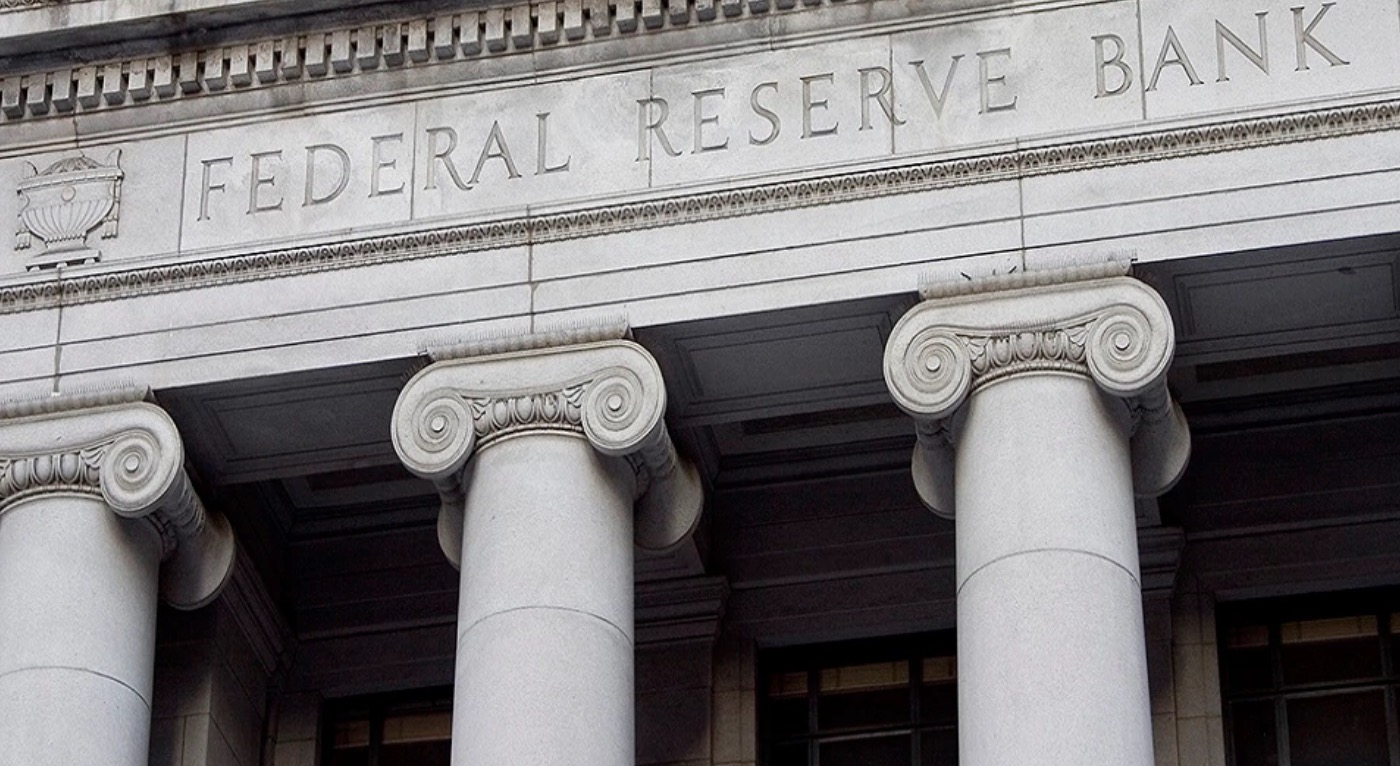by Liz Ann Sonders, Chief Investment Strategist, Charles Schwab & Company Ltd.
Key Points
- The FOMC kept rates and its securities buying program unchanged, in a unanimous decision.
- For the first time, the FOMC statement, referenced the vaccines and subtly suggested the Fed believes they are key to getting the economy back on track.
- During the press conference, Powell deflected directly answering questions regarding this week’s frenzied and speculative trading in heavily-shorted stocks; but did address perceived connections between monetary policy and asset price surges.
In a unanimous decision, the Federal Open Market Committee (FOMC) of the Federal Reserve surprised no one and kept the fed funds rate unchanged and pinned near the zero bound. The FOMC also announced the maintenance of its securities buying—at $120 billion per month, and with no changes to the composition of its purchases—until “substantial further progress” toward its inflation and employment goals has been met. Key language in the FOMC statement included that the “pace of the recovery in economic activity and employment has moderated in recent months, with weakness concentrated in the sectors most adversely affected by the pandemic.” It was a slight downgrade from the prior meeting’s statement, which noted that the economy “continued to recover.”
The statement did, for the first time, include a reference to vaccines, saying that the “path of the economy will depend significantly on the course of the virus, including progress on vaccinations. The ongoing public health crisis continues to weigh on economic activity, employment and inflation, and poses considerable risks to the economic outlook.”
Chatter
Receiving attention on the Bloomberg live feed was that the FOMC maintained its language about helping market functioning: “These asset purchases help foster smooth market functioning and accommodative financial conditions, thereby supporting the flow of credit to households and businesses.” Observers are noting that there haven’t really been any market “functioning” issues (under the Fed’s purview) since last spring.
Also highlighted on the Bloomberg live feed was the streamlining in the sentence about the virus and its impact on the economy. The removal of “medium term” (from the prior statement), with regard to risks to the economic outlook, could mean the Fed is a bit more optimistic that vaccinations will get the economy back on track.
Related, the Federal Reserve Bank of New York, in a separate statement, announced that it will stop offering the regularly scheduled one-month repo operations “in light of the sustained smooth functioning of short-term U.S. dollar funding markets.” (That statement noted that the daily overnight repo operations would continue.) As a refresher, in September 2019 (pre-pandemic), the Fed reintroduced repos as a liquidity tool to address the surge in money market rates stemming from a dearth of bank reserves in the system courtesy of the Fed’s balance sheet reduction underway at the time.
Presser
As is customary, Fed Chair Jerome Powell held a press conference following the release of the FOMC statement. Highlights of the first half hour of the Q&A session (which is when we send this report into the publishing queue):
- Powell noted the divergences between the haves and have-nots among economic metrics; including highlighting the positive of housing’s strength thanks to historically-low mortgage rates.
- He expanded on the FOMC statement and said widespread vaccine distribution “would enable us to put the pandemic behind us and return to more normal economic activities” (adding that more widespread mask wearing and ongoing social distancing would be interim aids).
- Reinforced was the Fed’s new policy framework, which was adopted last September, which aims for inflation to average 2% over time (vs. using it as an upside threshold), and for maximum and inclusive employment conditions.
- In response to a query about a possible increase in inflation, Powell told the press to “expect us to wait and see and not react” to small upticks and/or temporary increases in prices as activity returns to normal.
- Not surprising given today’s market action, Powell was asked about the frenzied trading activity around heavily-shorted stocks (notably GameStop)—a recent exclamation point on excessive speculation evidenced among most investor sentiment measures. He declined to provide an answer, other than saying “I don’t want to comment on a particular company.”
- Powell did try to ease some broad concerns, saying that the U.S. financial system is “resilient” to external shocks.
- Powell addressed the Fed’s approach to “nonbanks” (private equity, family offices, etc.); saying they will be taking a look “in the next year or so” in terms of the Fed’s regulatory approach. He further noted that the Fed does not have jurisdiction over the nonbank sector; although it does coordinate with other agencies with that jurisdiction.
- When asked about the subject, Powell said the Fed doesn’t deploy “time varying” financial regulation given the difficulty of the timing aspect; but says it relies on its “macroprudential” policy (not picking specific intervention time frames) with regard to the banking sector.
- In response to a question about asset price surges, Powell suggested that the “connection between low interest rates and asset values is probably something that’s not as tight as people think” given that there are other factors to consider. He believes that vaccines and the outlook for fiscal policy are more relevant drivers of asset prices recently.
- In terms of the Fed’s “exit strategy,” Powell reiterated that the Fed will communicate clearly, well in advance of what will be a “gradual taper in asset purchases; and that any focus on an exit at this stage is premature.
- When asked about inflation, Powell said the Fed would “welcome” some inflation; but noted that the kind of “troubling” inflation experienced in the 1970s/early 1980s is “far away.”
We expect little to change in the policies of the Fed over the course of this year; but continue to believe Powell’s and other FOMC members’ comments on the strength of the recovery will be a focus for investors. As the press conference was being conducted, the stock market weakened—having already been under pressure due to concerns about frenzied speculative activity in certain heavily-shorted stocks. We have a separate note on that subject, also posted today on Schwab.com.
Copyright © Charles Schwab & Company Ltd.













